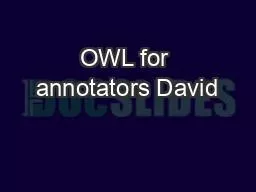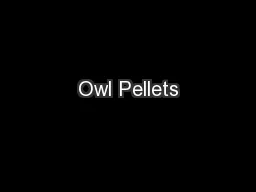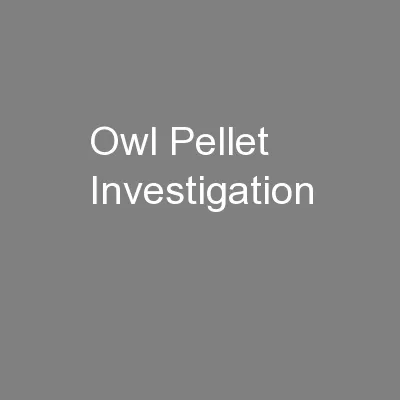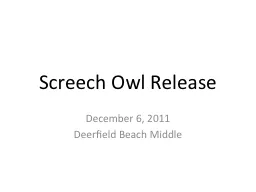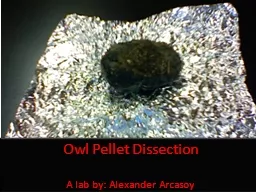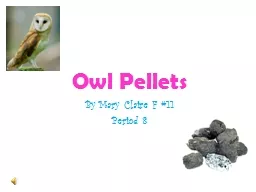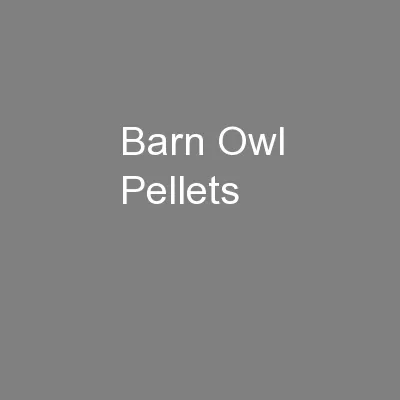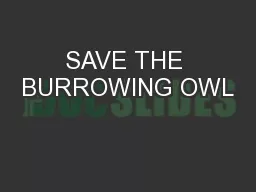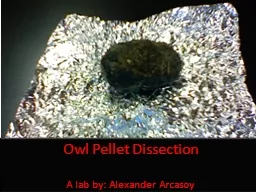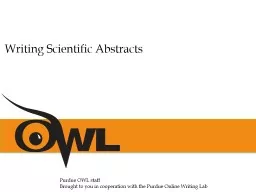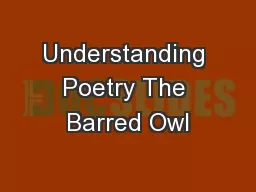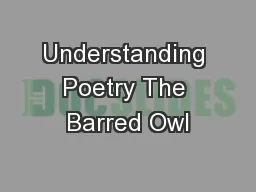PPT-OWL for annotators David
Author : reportcetic | Published Date : 2020-06-17
Osumi Sutherland What is OWL Web Ontology Language Can express everything in OBO and more Certified web standard Fast reasoning software allows automated ontology
Presentation Embed Code
Download Presentation
Download Presentation The PPT/PDF document "OWL for annotators David" is the property of its rightful owner. Permission is granted to download and print the materials on this website for personal, non-commercial use only, and to display it on your personal computer provided you do not modify the materials and that you retain all copyright notices contained in the materials. By downloading content from our website, you accept the terms of this agreement.
OWL for annotators David: Transcript
Download Rules Of Document
"OWL for annotators David"The content belongs to its owner. You may download and print it for personal use, without modification, and keep all copyright notices. By downloading, you agree to these terms.
Related Documents

